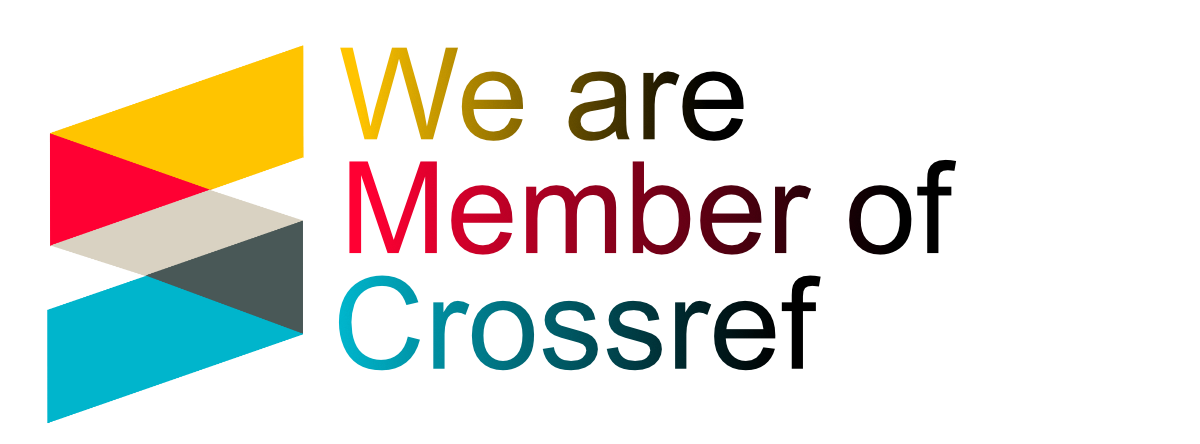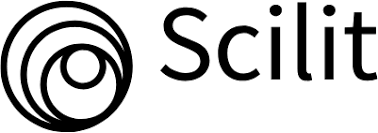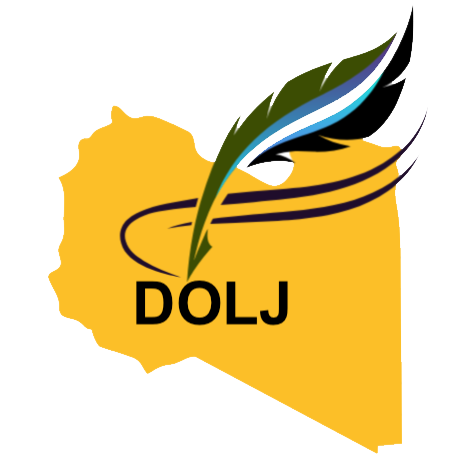Evaluating the behavioral characteristics of gifted and talented students from the view of their teachers
DOI:
https://doi.org/10.54172/d8sy7b85Keywords:
Behavioral characteristics, gifted and talented studentsAbstract
The current study aims to identify the behavioral characteristics that distinguish outstanding students from the view of their teachers, and the relationship of those characteristics with variables of gender and stage of study. The survey sample consisted from Al-Manahil School in the time period of (2020-2021), were selected using the intended sampling method. As for the basic sample, the study tool has been applied to all students enrolled in the Al-Akhdar Jabal Center for Outstanding Students in Al-Bayda for the year (2020-2021), and their number was (61) students in the secondary stage in its three years. the scale for evaluating the behavioral traits of distinguished students developed by Clinton was also used, and the following statistical methods were used: split half, Getman's equation, Pearson correlation, arithmetic mean, standard deviation, theoretical mean, T-test, one-way and Anova. The results showed a high level of behavioral characteristics among students enrolled in the Al-Akhdar Jabal Center for Outstanding Students, and the highest degree was in the leadership qualities dimension, then the creative qualities, followed by the motivational qualities, and finally the educational qualities. The alternative hypothesis that there are statistically significant differences in the behavioral characteristics of gifted and talented children due to the gender variable (males and females) and the variable of the school stage was rejected, and the null hypothesis was accepted that these differences did not exist.
Downloads
Published
Issue
Section
License

This work is licensed under a Creative Commons Attribution-NonCommercial 4.0 International License.
Copyright of the articles Published by Almukhtar Journal of Social Science (MJSSc) is retained by the author(s), who grant MJSc a license to publish the article. Authors also grant any third party the right to use the article freely as long as its integrity is maintained and its original authors and cite MJSSc as the original publisher. Also, they accept the article remains published by the MJSSc website (except in the occasion of a retraction of the article).













